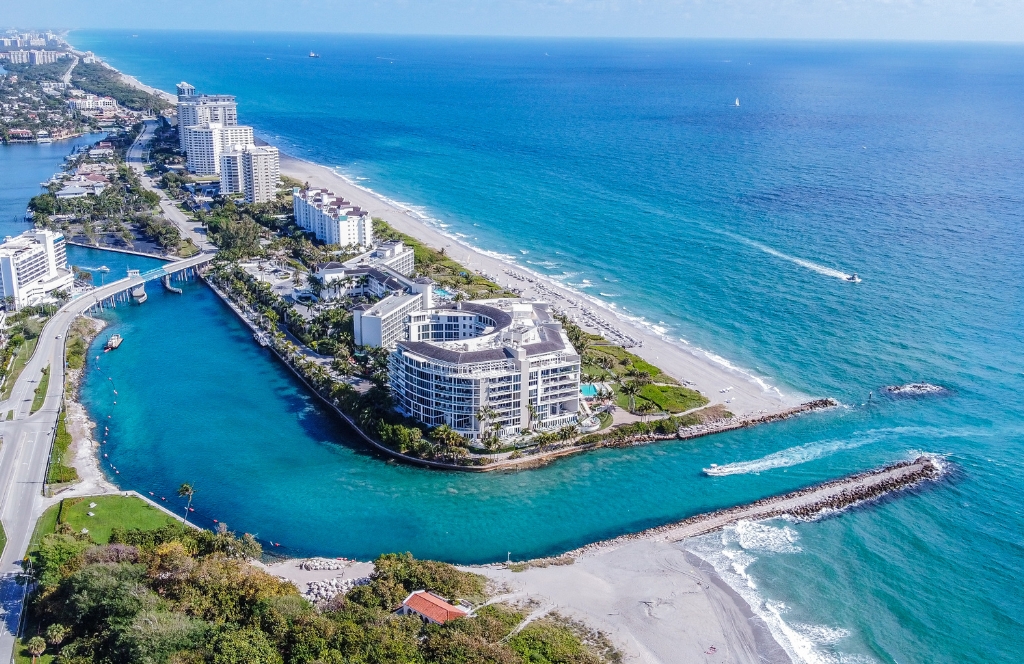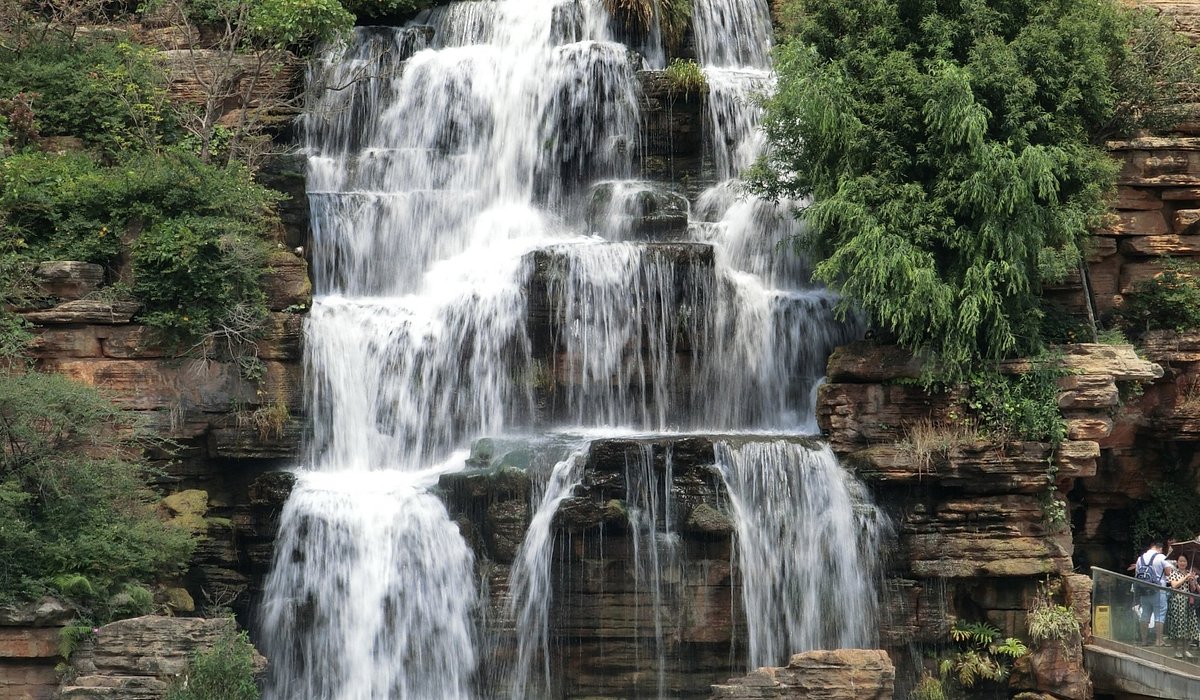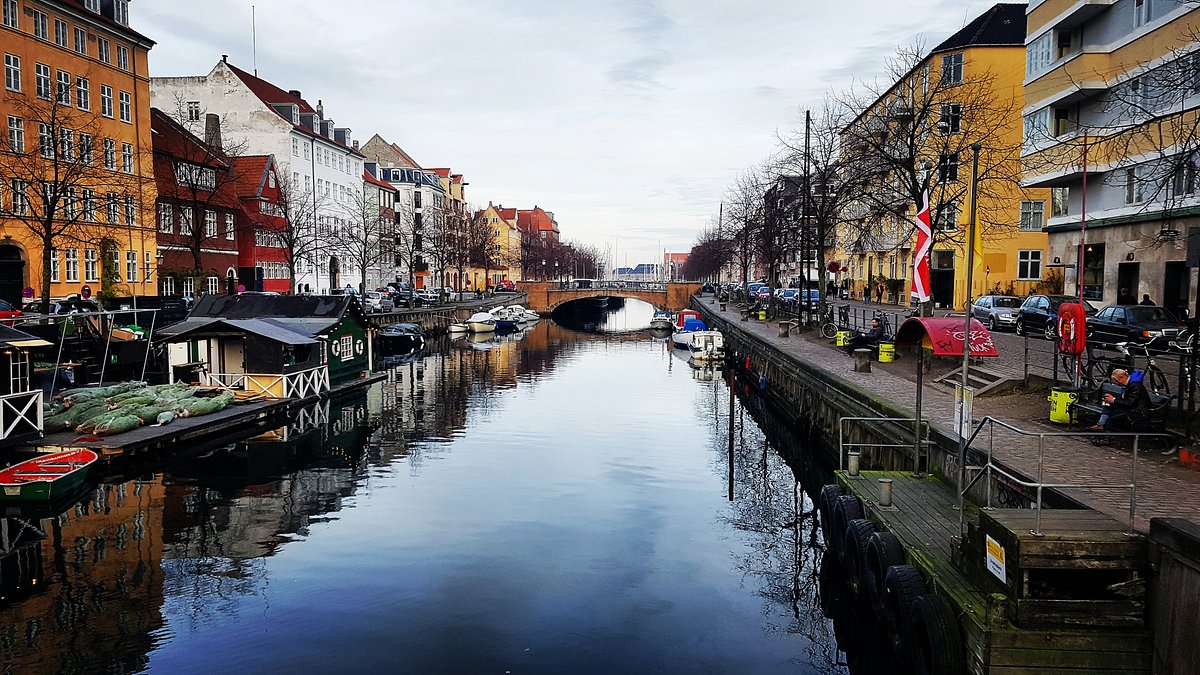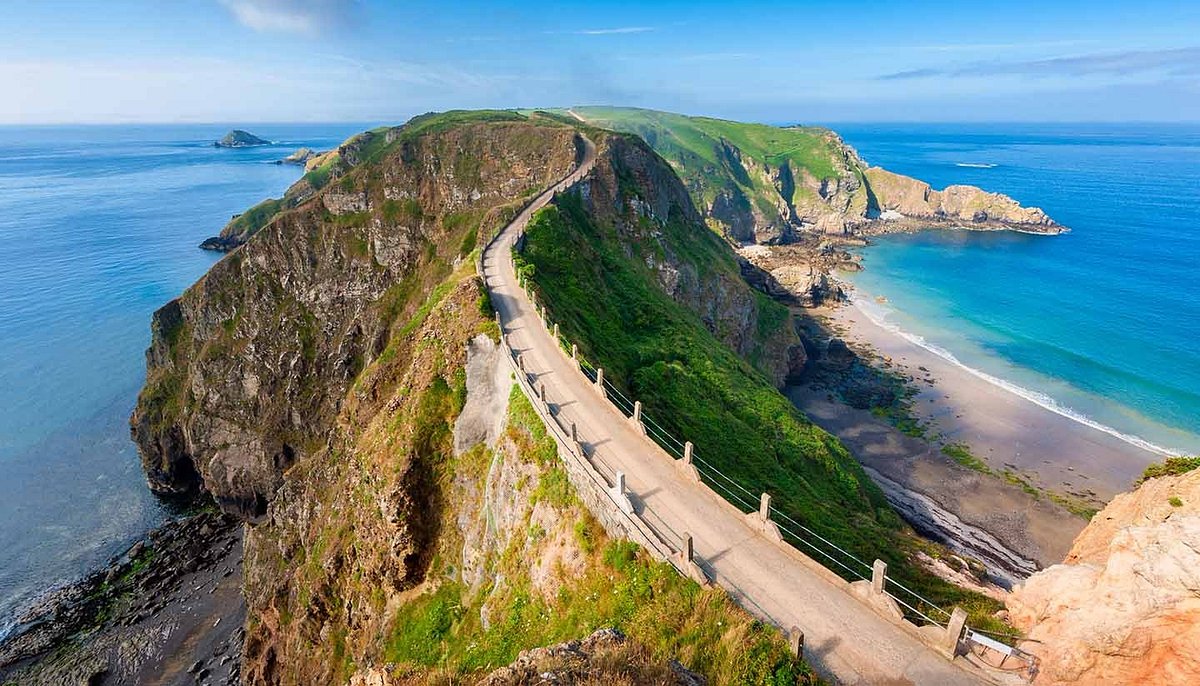From sun-drenched coastlines to hidden river canyons, Florida offers a collection of stunning destinations that often fly under the radar. Whether you’re chasing sunrise beaches, lush wilderness, or historic charm, this list brings you the sunshine state’s best—all fresh, current, and uniquely curated for your next escape.
1. Dry Tortugas National Park
Located 70 miles west of Key West, this chain of seven small islands sits in the Gulf of Mexico. Accessible only by ferry or seaplane, its remote position makes it a haven of crystal-clear turquoise water, vibrant coral reefs, and historic Fort Jefferson—one of the largest 19th-century coastal forts in the United States.
Why it shines: The snorkeling here rivals the best Caribbean destinations, with abundant marine life and limited crowds. Camping on the beach under a sky filled with stars adds a magical touch. In 2025, the park continues to offer pristine conditions, as visitation remains carefully regulated.
2. Apalachicola National Forest
Covering roughly 630,000 acres in the Florida Panhandle, Apalachicola National Forest is a surprising wilderness gem. This forest is home to diverse ecosystems—swamps, longleaf pine forests, and sandhills—supporting wildlife such as the endangered red-cockaded woodpecker and gopher tortoise.
Highlights:
- Over 160 miles of trails for hiking, mountain biking, and horseback riding.
- The Apalachicola River offers paddling routes through cypress swamp tunnels.
- In spring 2025, the forest’s rare pitcher plants and carnivorous flowers are blooming, creating breathtaking wildflower displays.
3. Sanibel Island
Just off Fort Myers, Sanibel Island combines sun, shell-filled beaches, and laid-back vibes. Known for its shelling, the “J-shaped” beaches are littered with unique shells washed ashore after Gulf storms.
What’s new: The 2025 offshore restoration projects have improved sea turtle nesting zones and expanded turtle crossing signs along Periwinkle Way. You’ll catch loggerhead and green turtles laying eggs at dusk between March and September. Don’t miss the J.N. “Ding” Darling National Wildlife Refuge, recently expanded to include over 6,000 acres of mangrove habitats and scenic bike trails.
4. Castillo de San Marcos, St. Augustine
Florida’s oldest city meets its oldest fort here. Castillo de San Marcos, built between 1672 and 1695 of coquina stone, is a national monument that stands sentinel over Matanzas Bay.
2025 updates: A revamped exhibit emphasizes Seminole and Spanish colonial interactions with interactive displays and multimedia storytelling. At sunset, join the daily cannon demonstration, complete with ranger-led talks—an immersive way to feel transported back to the 17th century.
5. Weeki Wachee Springs State Park
Home to the legendary mermaids first introduced in 1947, Weeki Wachee Springs remains one of the most enchanting natural attractions in Florida. Its spring’s average water temperature is a refreshing 74°F year-round.
Why it’s special in 2025:
- The park recently launched a new glass-bottom boat tour, offering an up-close view of the underwater landscape—sand avalanches, spring vents, and wildlife—without getting wet.
- New trails along the Weeki Wachee River let you hike through old-growth cypress forests before kayaking downstream to the bay.
6. Wakulla Springs State Park
Just south of Tallahassee, Wakulla Springs boasts one of the world’s largest and deepest freshwater springs. The underwater caves here are studied by scientists and divers alike.
2025 spotlight: Early this year, the park reintroduced Costas hummingbirds, a rarity in Florida, to enrich its ecosystem. Meanwhile, the popular Wakulla Springs Lodge got a refresh, preserving its 1937 art deco charm while updating interiors. Boat tours now include expert naturalists who point out native manatees, alligators, and wading birds all year round.
7. Blue Spring State Park
About an hour north of Orlando, Blue Spring is one of Florida’s premier manatee sanctuaries. In winter months (Nov–Mar), the spring’s 73°F water draws hundreds of endangered West Indian manatees seeking refuge from colder coastal waters.
Why to visit:
- The boardwalk loop along the spring run gives excellent vantage points to watch manatees up close.
- Recent enhancements include interpretive signage detailing manatee biology and conservation efforts—installed in late 2024 by park officials.
- For a quieter visit, head there during late summer when juvenile manatees swim freely in their own time.
Traveler’s Talk: Plan & Pack
| Season | Why it matters | What to bring |
|---|---|---|
| Winter (Dec–Feb) | Manatees in Blue Spring, mild weather | Light layers, reusable water bottle |
| Spring (Mar–May) | Peak wildflower season in Apalachicola | Binoculars, sturdy hiking shoes |
| Summer (Jun–Aug) | Beach days at Sanibel & snorkeling in Dry Tortugas | Reef-safe sunscreen, waterproof camera |
| Fall (Sep–Nov) | Rift for festivals in St. Augustine | Rain jacket, comfy walking shoes |
Tips for a smooth getaway:
- Ferry to Dry Tortugas: Book at least two months in advance, as slots fill fast.
- Weeki Wachee access: Peak weekend crowds may require arriving early (before 10 a.m.) or aiming for weekdays.
- Manatee etiquette: Florida law requires vessels to stay 50 feet away from manatees.
- Wildlife respect: Watch quietly and at a distance; Florida parks prioritize conservation.
Ready to Fly?
Each spot on this list is uniquely Florida—unspoiled beaches, hidden springs, and a window to centuries of history. Don’t wait: flights to Jacksonville, Tallahassee, Tampa, and Fort Myers are all under four hours from major U.S. hubs. Rent a car, pack wisely, and plan around seasonal highlights—summer snorkeling in coral reefs, winter manatee watching, or springtime wildflower hikes.
Whether you’re craving underwater exploration, a scenic hike, or a time-travel experience, these seven locations put Florida in a fresh light. So go ahead—open your calendar, book that flight, and let the Sunshine State surprise you.








